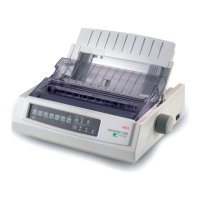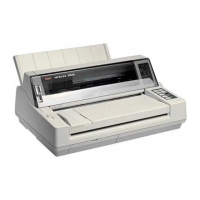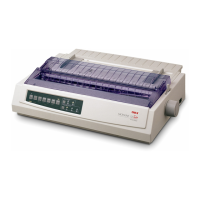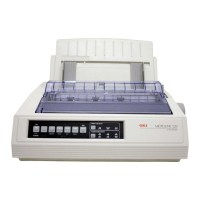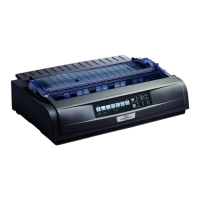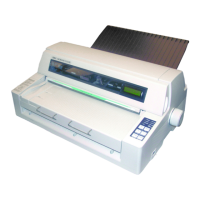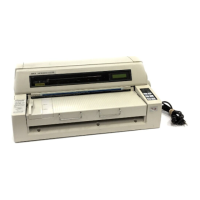Chapter 10: IBM - Standard Functions
10-23
If you want to print fewer than 256 characters, you must replace n
1
with the respective number of characters and enter the value 0 for
n
2
. If more than 256 characters are to be printed, you must divide
the number of characters to be printed by 256. Then insert the inte-
ger value for n
2
and the remainder for n
1
.
If this command is sent, the next n
1
+ (n
2
x 256) characters will be
printed from the all character sets shown in Appendix B.
If you want to take the 80 characters from the all character set, you
must enter the following BASIC instruction:
LPRINT CHR$(27);”\”;CHR$(80);CHR$(0)
To print the next 600 characters in this character set you must use the
following instruction:
LPRINT CHR$(27);”\”;CHR$(88);CHR$(2)
(600 : 256 = 2, remainder 88.)
Function Dec. Hex. ASCII
Select national 27 33 n 1B 21 n ESC ! n
character set
With this command you can replace some characters with national
special characters. If you want to activate one of these character
sets, you must insert the corresponding value from the table of na-
tional character sets for the parameter n.
Two different ASCII character sets are supported in which the nu-
meric character is represented with or without slash respectively
and 16 other national character sets. A zero with slash is particular-
ly suitable for documents in which it is important to distinguish
between zero and upper case O..
Character set n
ASCII (
Ø
)64
ASCII (0) 65
British 66
German 67
French 68
Swedish I 69
National
character sets
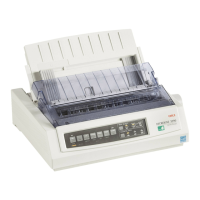
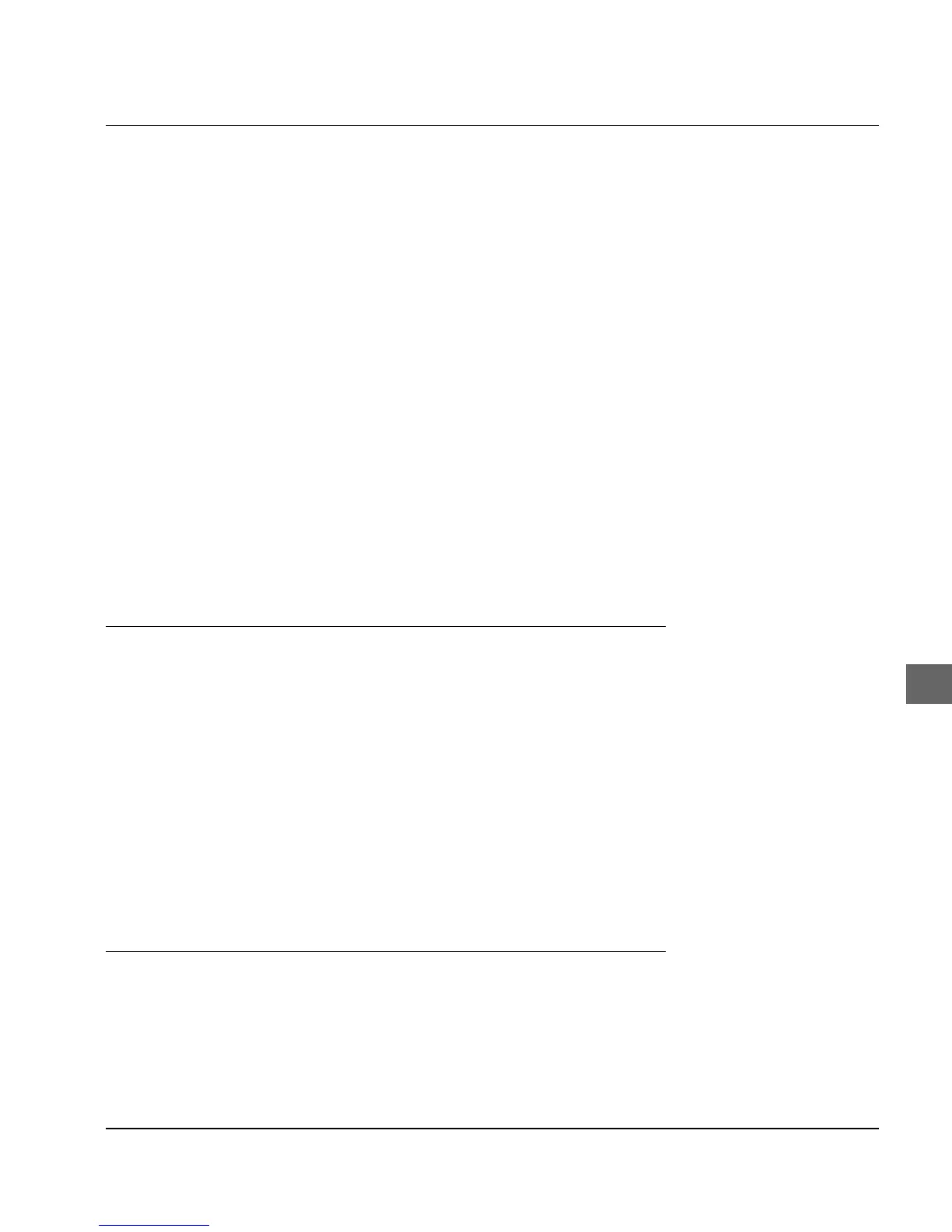